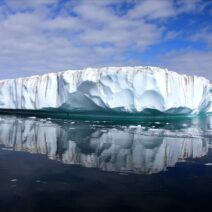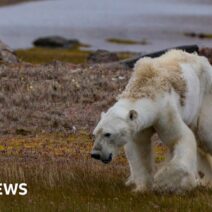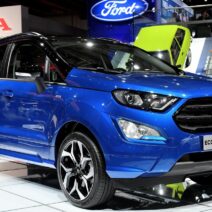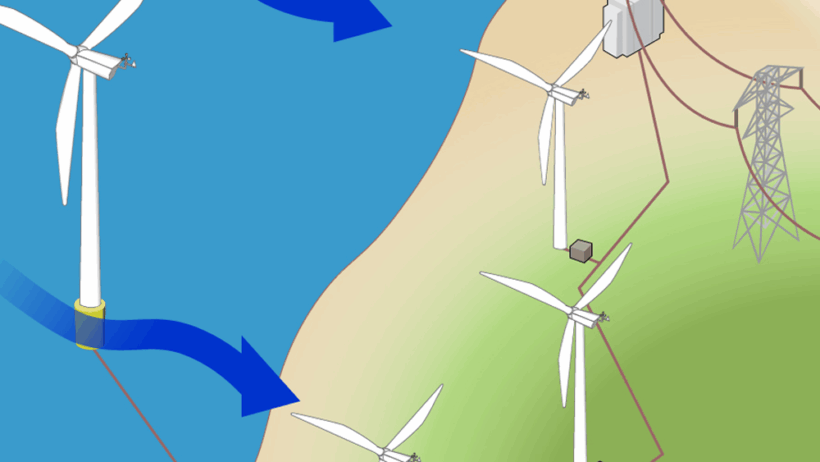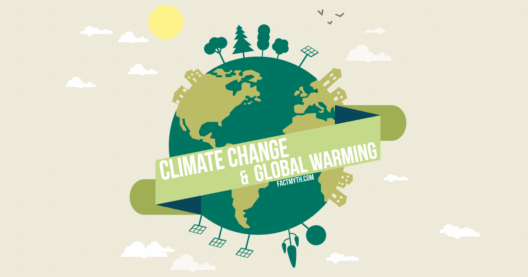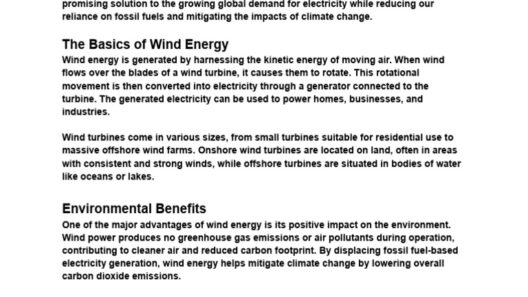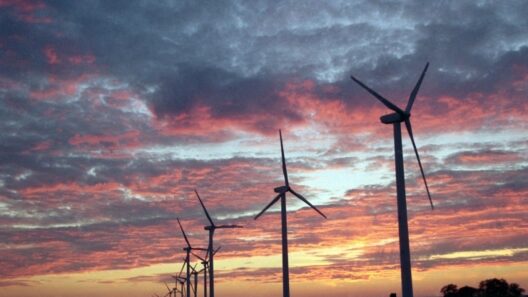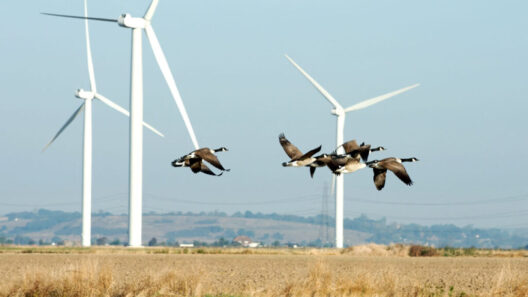Wind energy has emerged as a pivotal player in the renewable energy landscape, captivating the attention of environmental advocates, engineers, and policymakers alike. The transformation of kinetic energy from wind into electrical power is a fascinating interplay of natural forces and human ingenuity. To appreciate this process fully, it is imperative to delve into the mechanisms that underpin wind-to-energy conversion, revealing the intricate dance between engineering and nature.
The allure of wind energy extends beyond its role in combating climate change. The majestic sight of wind turbines dotting the horizon invites admiration and contemplation, highlighting humanity’s ability to harness the natural world for sustainable progress. This article embarks on an exploration of the mechanical and physical principles that allow wind energy to be converted into electricity.
The Mechanics of Wind Energy: How Turbines Transform Wind into Power
At the heart of wind energy generation lies the wind turbine, a marvel of engineering designed to capture an invisible yet potent force: the wind. A typical wind turbine consists of several key components, including the rotor blades, a hub, a gearbox, and a generator. Each component plays a crucial role in the conversion process, working in concert to harness and transform wind energy efficiently.
The journey from wind to electricity begins with the rotor blades, usually made from lightweight yet durable materials. As the wind flows past the blades, it exerts lift and drag forces that cause the blades to rotate. The design of the blades is critical; they are engineered with specific angles and shapes to optimize their ability to catch the wind, maximizing energy production. A phenomenon known as aerodynamic lift enables the blades to turn at varying wind speeds, ensuring efficient energy capture even under less-than-ideal conditions.
Once the rotor blades begin to spin, the kinetic energy they collect is transferred to the hub, which is connected to a gearbox. The gearbox operates under the principle of mechanical advantage, increasing the rotational speed of the turbine to match the generator’s optimal operating speed. This intricate dance between torque and speed is vital in ensuring that the power generated is suitable for conversion into electrical energy.
As the gearbox amplifies the spinning motion, the generator, typically a synchronous or asynchronous generator, begins its work. By utilizing electromagnetic induction, the generator converts mechanical energy from the rotating turbine into electrical energy. The fundamental principle at play here is that as the rotor spins within the generator’s magnetic field, it induces an electric current through coils of wire. This conversion from mechanical to electrical energy is where the magic truly happens.
Electrifying Transformation: The Role of Inverters and Power Conversion
Once the generator produces electricity, the next step involves ensuring that this energy is usable for distribution. Most wind turbines generate alternating current (AC), which may not always be compatible with the grid or the end-user applications. Consequently, inverters play a pivotal role in converting this AC electricity into direct current (DC) when necessary, depending on the desired output.
Modern wind energy systems often incorporate advanced power electronics for enhanced electricity management. These systems include inverters equipped with sophisticated algorithms that optimize energy output based on real-time wind conditions. This level of responsiveness allows for improved efficiency, enabling wind farms to maximize output and contributing further to the stability and reliability of the energy grid.
Furthermore, wind energy can be combined with energy storage systems that mitigate the intermittent nature of wind. By employing batteries or other storage technologies, excess energy generated during high wind periods can be saved for later use, smoothing out fluctuations and providing a steady supply, even when the wind is not blowing.
The Significance of Wind Energy: Economic and Environmental Impact
The integration of wind energy into the broader energy landscape heralds a new era of sustainable power generation. Beyond the mechanical marvels of turbines and technology, the impact of wind energy stretches into several domains, particularly economic and environmental considerations.
From an economic standpoint, wind energy projects foster job creation across a spectrum of sectors, including manufacturing, installation, maintenance, and research. Employment opportunities arise at every level, from local laborers to engineers and scientists, reflecting the multifaceted nature of this industry. The investment in wind energy infrastructure not only bolsters local economies but also spurs innovation in related sectors, cementing its status as a cornerstone of renewable energy strategy.
Environmentally, wind energy serves as a potent counterbalance to fossil fuels, significantly reducing greenhouse gas emissions and diminishing the reliance on finite resources. The transition to wind power plays a crucial role in mitigating climate change, preserving ecosystems, and promoting public health by reducing air pollution. The profound shift toward renewable energy sources embodies a collective commitment to safeguarding the planet for future generations.
Conclusion: The Path Forward in Wind Energy
The journey of wind energy from its natural origins to beneficial electricity generation encapsulates a fascinating intersection of technology and nature. While the mechanics of wind turbines are critical in understanding this transformation, the broader implications of wind energy are equally important. As society grapples with the pressing need for sustainable energy solutions, the enchantment of wind energy remains steadfast. By continuing to innovate and enhance this technology, humanity can unlock the true potential of wind as a primary source of clean, renewable energy.
The future of electricity generation lies not solely in the hands of engineers but also in the commitment of society to embrace wind energy as a cornerstone of a sustainable and resilient energy paradigm.
